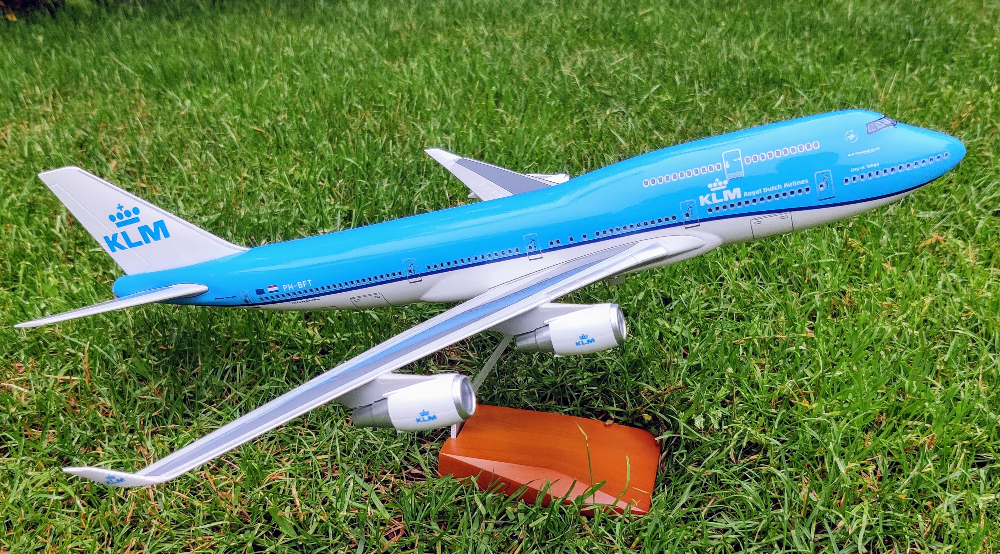Several Japanese companies and agencies are collaborating to develop their own supersonic aircraft, which is understandable for a number of reasons.
The Japan Aerospace Exploration Agency (JAXA) announced this week that it is collaborating with Mitsubishi, Kawasaki and Subaru to develop a Japanese hypersonic aircraft. The companies and authorities together form the ‘Supersonic Research Council’, which should ultimately ensure that the aircraft will actually be in existence by 2030.
why?
This answer seems very simple: time. Fast links with the West are of great importance to Japan. It currently takes more than 12 hours to get from Japan to Europe or the East Coast of the United States. NASA’s Japanese counterpart wants to cut flight time in half with the help of supersonic aircraft. However, there are some obstacles to such aircraft. Although it saves a lot of time, it is not always environmentally friendly from an economic point of view.
However, JAXA notes that it is busy developing technology to reduce air resistance and fuel consumption. In this way, supersonic aircraft must become financially viable. In addition, the institute is studying whether it is possible to reduce the consequences of loud voice to decrease. This sonic boom makes supersonic flying over the ground illegal. JAXA says it can cut noise pollution in half with the new technology by lowering Airframe to redesign the aircraft.
The new design should also ensure that the device encounters less resistance. In 2005, JAXA already conducted the first trials with a test model with reduced air resistance. The agency stated that the experimental device actually encountered 13 percent less resistance than Concorde at the time.
However, in many ways, speed is of secondary importance these days. Flights are planned in such a way that it is often possible to fall asleep during the flight. In addition, digitization ensures that travelers can often use their time on planes to a benefit, especially now that many airlines are also providing in-flight Wi-Fi and in this way, time on the plane is less “down time” than it used to be. In the era of Concorde.
However, for the Japanese economy, it is still very important to be able to cross oceans quickly, and a supersonic aircraft can come in handy. As discussed, supersonic flight over Earth is often prohibited. Therefore, it is precisely the long routes over the sea in which supersonic flight shortens flight times, and from Japan many routes are carried over long stretches of ocean, for example to Australia and the United States.
So Japan Airlines was the first major airline to invest in American Boom Supersonic, a company that is also developing A new supersonic device. United Airlines recently added orders for up to 50 aircraft. “United continues to build an innovative and sustainable airline. Current technological developments are making the deployment of supersonic aircraft even more feasible.” CEO Scott Kirby said. Although the intent of Boom Overture is to fly entirely on renewable fuels, there is still a major sustainability challenge that time will tell whether the Americans and/or the Japanese succeed in developing an economically and environmentally sustainable supersonic aircraft.
Get 1:150 B747-400 KLM Now!
Order this beautiful Queen of Heaven miniature model for only €89.95. The model weighs more than 1.8 kg and has a length of 47 cm, which makes it eye-catching.


Avid music fanatic. Communicator. Social media expert. Award-winning bacon scholar. Alcohol fan.

